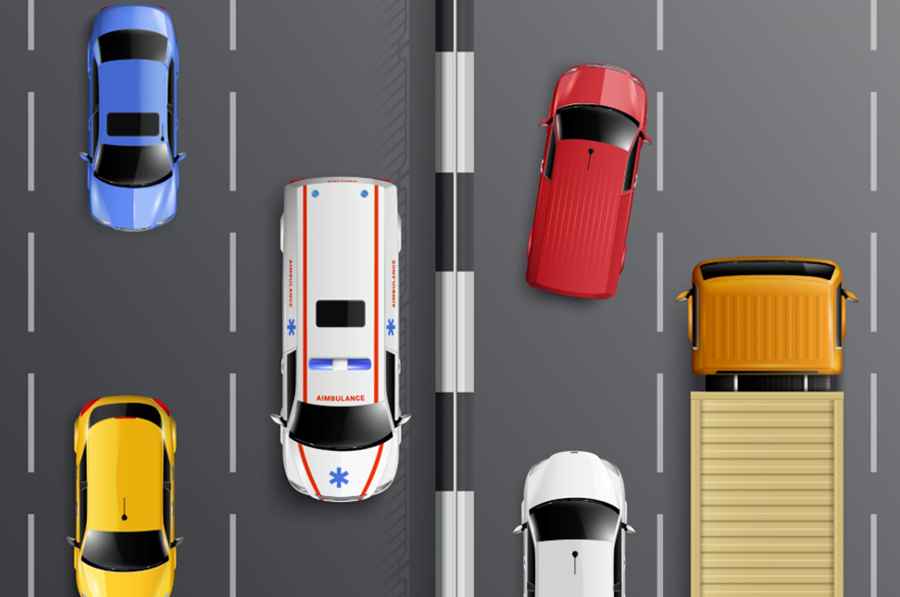How to properly change lanes without causing an accident
Drivers must always change lanes, whether it is to maneuver, avoid a red light, or put the car in park. Sometimes it is difficult for drivers to change lanes safely and responsibly because of long traffic lines and less attentive drivers. This article provides tips to help you successfully make your way into the lane of your choice without causing an accident.

1. Change Lanes Safely
This is the most important part of this article. While changing lanes is an important part of driving, it can also be dangerous. You need to understand how fast your car is going, the distance you will be from the cars already in your lane, and what the cars are doing before you start causing an accident. When you change lanes with traffic already in your lane, you should always look over to see what other drivers are doing. Crashing when changing lanes is usually caused by negligent drivers who don't check the oncoming traffic before changing lanes. You should never change lanes without looking first, and you should always be moving slowly when you start to change lanes so that other drivers have time to see you and move out of the way if necessary.
2. Use Your Turn Signal
Signals help other drivers see that you intend to change lanes. Many drivers are too impatient to wait for the signal to flash before breaking, which can cause accidents. Turning on your signal or waving it at other drivers will let them know that you intend to make a lane change. Signals will let other drivers know that the lane change is not an accident but a carefully planned move. Drivers should use their turn signals when changing lanes to warn the driver in front of them that the lane change has been decided.
3. No Left Turns from Outside Lanes
This is another good way to avoid accidents when changing lanes. Being outside the street makes this type of accident more likely because there is less room for error. More often, people on the road are driving too fast to see and respond to your signals. If a driver is driving too fast and doesn't see or respond to your signals, they will almost definitely get in an accident which could be very dangerous.
4. Yield When Merging
If you are about to merge into traffic on the freeway or other highway, yield to drivers already in the lane. These drivers have been there longer and are more aware of everything around them. This will ensure that you wait patiently for your turn to merge without causing an accident. Yielding to drivers already in the lane is a common courtesy and a safety precaution. Yielding also reduces the tension between you and the cars already in the lane and will make your fellow drivers less likely to react aggressively to your merge.
5. Scotts Law
Scotts Law seeks to reduce the risk of collisions with a stationary vehicle or a pedestrian. It advocates for drivers to slow down or stop when they are about to encounter a stationary vehicle. This allows for the other person to clear the way and move out of the way before you collide, rather than jumping over a small object. These slowdowns or stops will let people in your lane know that it is safe for them to make room for the oncoming vehicle.
In conclusion, you can change lanes without causing accidents if you slow down, yield to people already in the lane, and make changes calmly. It is important to contact your lawyer after being involved in an accident to determine who is at fault and how you can recover from the incident.